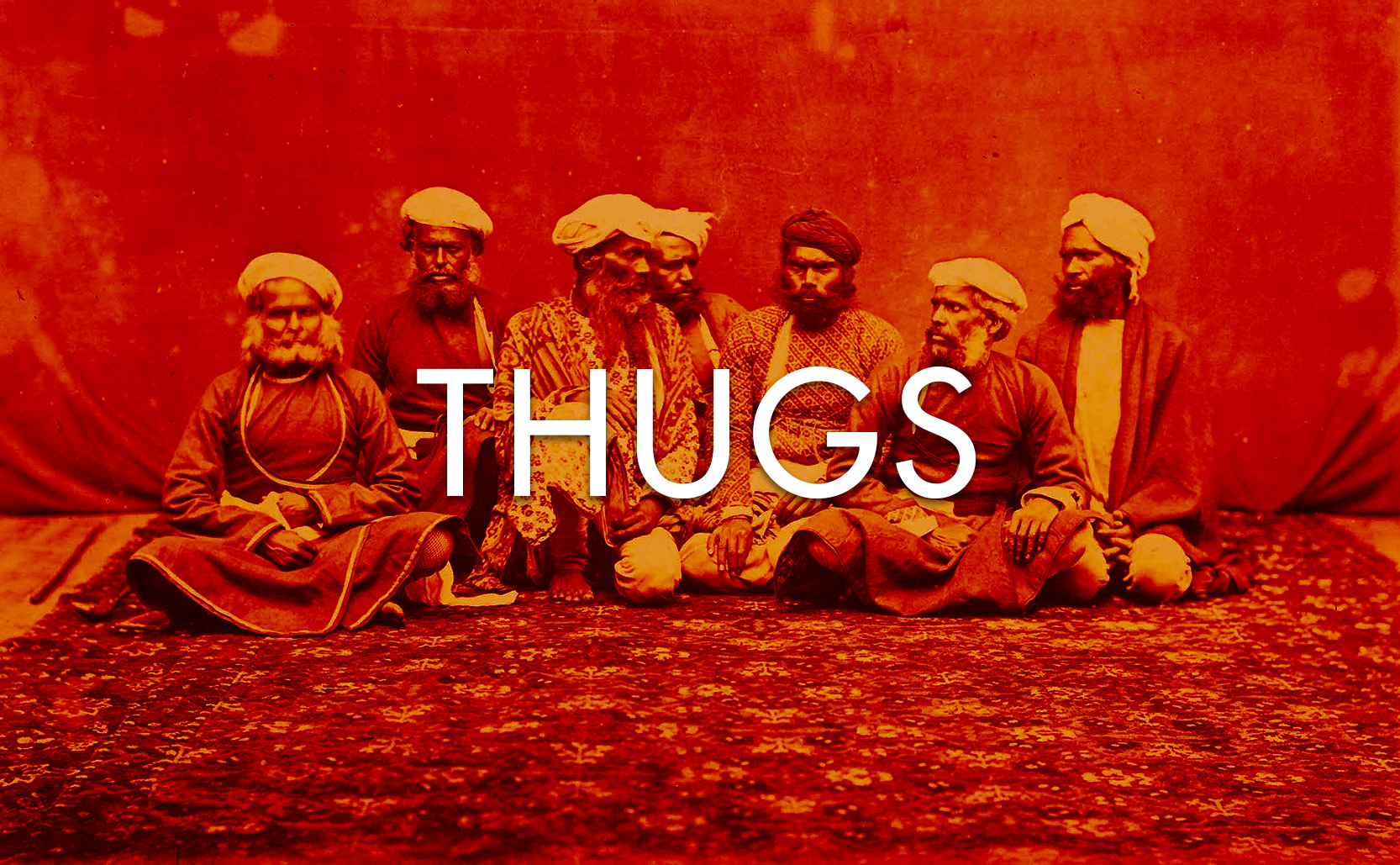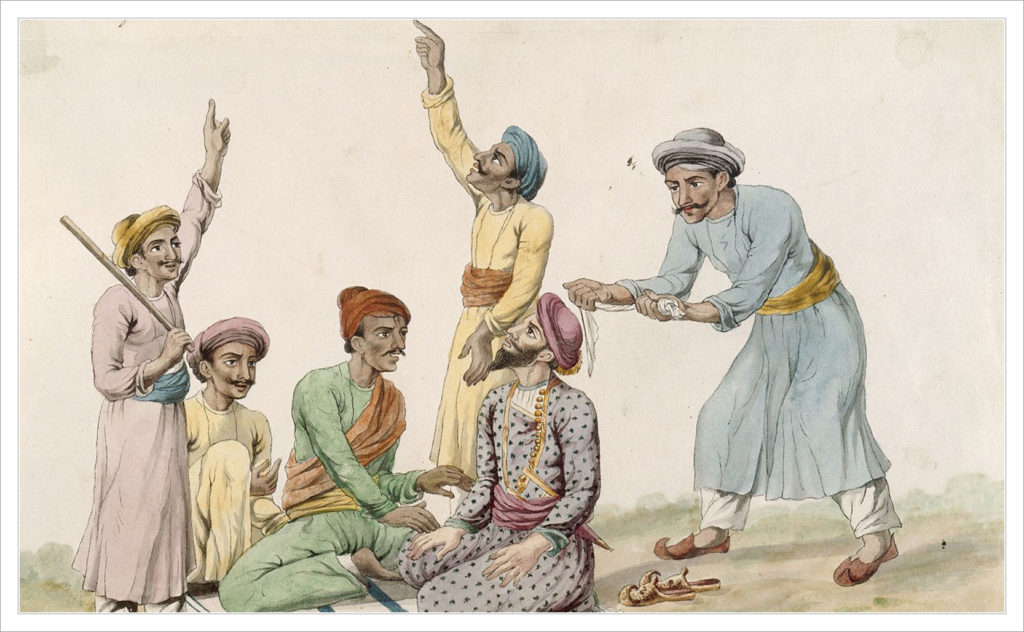Murder Ballads
The long tradition of songs about murder.
Murder ballads are narrative songs that tell murderous tales. Before true crime TV and podcasts, there were murder ballads. Then and now people got a thrill out of hearing dark sensational stories. While modern examples exist the traditional folk examples are perhaps the most well known.
There are variations within the genre but these songs are frequently about a murdered woman sung from the perspective of the male killer (who may be dead or about to die himself). Very often the subtext of these songs is that the victim transgressed in some way, crossing a moral cultural boundary, and paid the price. Being a member of a patriarchal society, and adding insult to injury, the female murder victims are frequently shamed for getting pregnant out of wedlock, cheating, being too attractive for the killer to be able to control himself, etc. These songs kept the moral alive and taught people to conform to societal norms (while being scandalously entertaining).
Long Black Veil, and other murderous tales
Songs about murder can be found around the world but the murder ballad genre as we know it got its start in Scandinavia and the British Isles in the 16th to 17th centuries. Eventually the genre emigrated to Appalachia and can be heard in American folk music. The lyrics of these songs were often about the news of the day.
The Knoxville Girl, about a man who beats a woman to death as she begs for mercy, is perhaps the most famous example of the murder ballad genre. It’s been covered many times by groups such as The Louvin Brothers, Nick Cave, the Lemonheads, etc. In America the song is The Knoxville Girl but it was derived from the older 19th century Irish ballad The Wexford Girl (which itself is based on a 17th century murder).
Stagger Lee is about the Christmas 1895 murder of Billy Lyons by the pimp “Stag” Lee Shelton in St. Louis. Stagger Lee killed Lyons after an argument in a saloon. The 1958 Lloyd Price version of the song is the most pop friendly but the 1928 version by Mississippi John Hurt is the most traditional (and most celebrated).
The Murder of the Lawson Family is about Charles Lawson’s 1929 Christmas murder of his wife and six of their seven children in North Carolina. In a case of extreme lyrical dissonance the 1956 version of this song by the Stanley Brothers is very upbeat until you listen to the lyrics.
Tom Dooley is about the 1866 murder of Laura Foster, also in North Carolina, by Tom Dula (pronounced Tom Dooley). Dula was the father of Foster’s unborn child while he was also having affairs with other women in the same family. He stabbed her to death killing her and the baby and was later hung. The song was a big hit for The Kingston Trio in 1958.
1959’s Long Black Veil by Lefty Frizzell is a classic country murder ballad and has been covered by loads of artists from Johnny Cash, to The Band, Jerry Garcia & David Grisman, etc. The protagonist is executed for a murder he didn’t commit because he refused to divulge his alibi which was that he was having an affair at the time of the murder. The woman he was having the affair with visits his grave wearing a long black veil.
Staying with country music, El Paso by Marty Robbins is a western murder ballad where the protagonist murders another man who is sharing a drink with the woman he is interested in. He flees to New Mexico but later returns to the woman and dies in her arms. El Paso is used, with a heavy dose of foreshadowing, in the final season of Breaking Bad.
Hey Joe is about a man who murders his unfaithful wife and then escapes to Mexico. Songwriting credit for Hey Joe is debated but the 1962 version by Billy Roberts is the first copywritten version. The song has been covered many times but the 1966 version by Jimi Hendrix is the most famous (and best).
Riders on the Storm by the Doors is loosely based on the 22 day 1951 killing spree by Billy Cook. The incident went from Missouri to California during which Cook used multiple vehicles, posing as a hitchhiker, murdering six people.
Added info: Nick Cave released the album Murder Ballads in 1996 and is an entire album of murder ballads, both new originals and covers.





